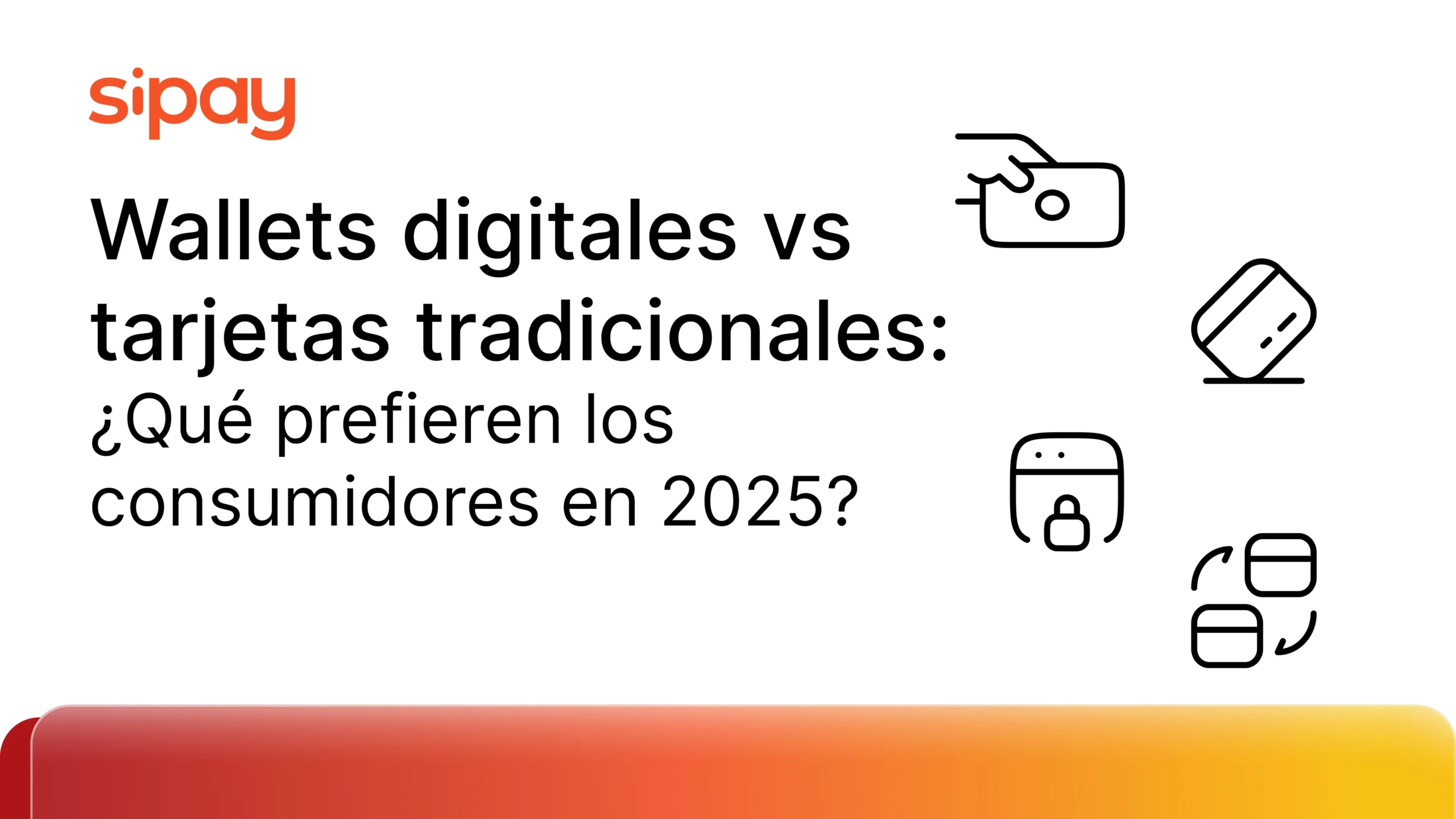Logistics and payment methods, key to cross-border sales.
We find ourselves in a world in which two clear trends are making their way: globalisation and digitalisation. These factors lead to an exponential evolution of commerce, which must be taken in account to maintain and maximize the business. Digitization is growing more and more in daily actions, and online commerce has already become common in Spain, exceeding 10 million euros in sales per quarter.
On the other hand, the world is becoming global, with numerous European laws on payments, ecommerce, data protection, etc., driving a scenario in which it is no longer enough to have national knowledge and reach, but it is necessary to follow closely the changes coming from abroad, and online stores have taken good note of this internationalization: 23% of european ecommerce is already cross-border, making nearby countries a great opportunity to increase and expand the market share of businesses. The possibility of selling through a website facilitates that anyone thousands of kilometres away can buy from a shop in, for example, Zaragoza, with a simple click. But what barriers remain to achieve a satisfactory sale?
Firstly, logistics. Transporting goods from their place of manufacture to the user’s home can be complex, and the needs will change depending on the type of product (whether or not it is perishable, delicate, etc.), the size and weight or the price paid for it. It will be necessary to take into account these characteristics, as well as the different costs, to choose the type of shipment and the transport company to contract or the amount that will be charged to the consumer for the shipment.
In addition, it is important to take into account a fundamental moment of the purchase process: the payment. It is important to bear in mind that consumers’ payment preferences may vary from country to country, and the possibility of paying with their usual method will be essential to avoid abandoned carts. For example, in Spain, England or France cards are the most widely used payment method, while German consumers prefer to pay through installments. Outside Europe, the differences become even greater: in Brazil, for example, the Boleto Bancario is a common payment method among consumers, while in China they will not understand shopping without WeChat Pay or Alipay.
To overcome these barriers, it will be useful to have a payment service provider that allows collection using the different methods preferred in the countries to which sales are directed. We can find in the market payment gateways such as Sipay Plus, able to advise the merchant on the most convenient payment methods, integrating them into a single platform to facilitate the management of the business and promote its internationalization and growth.



